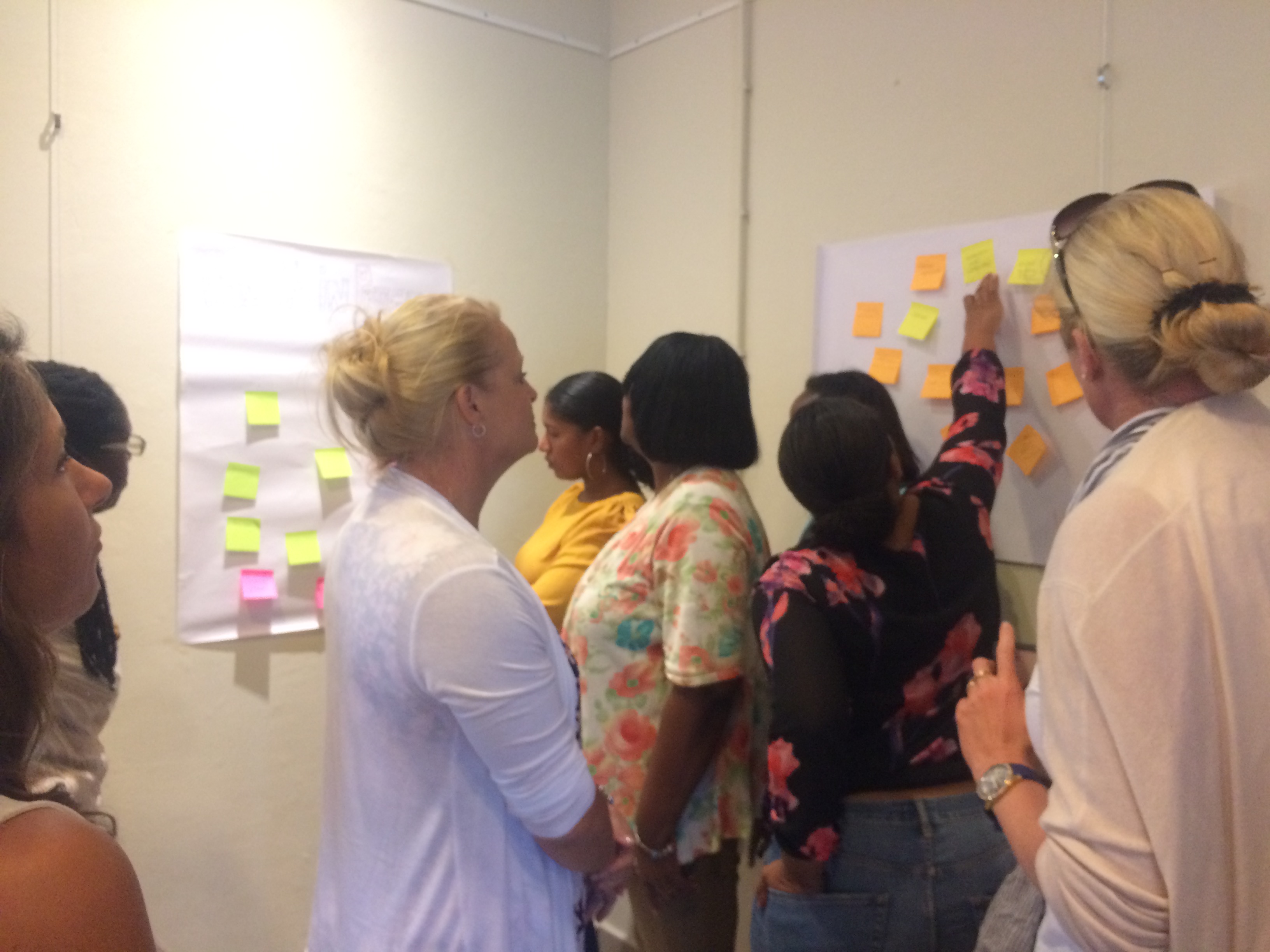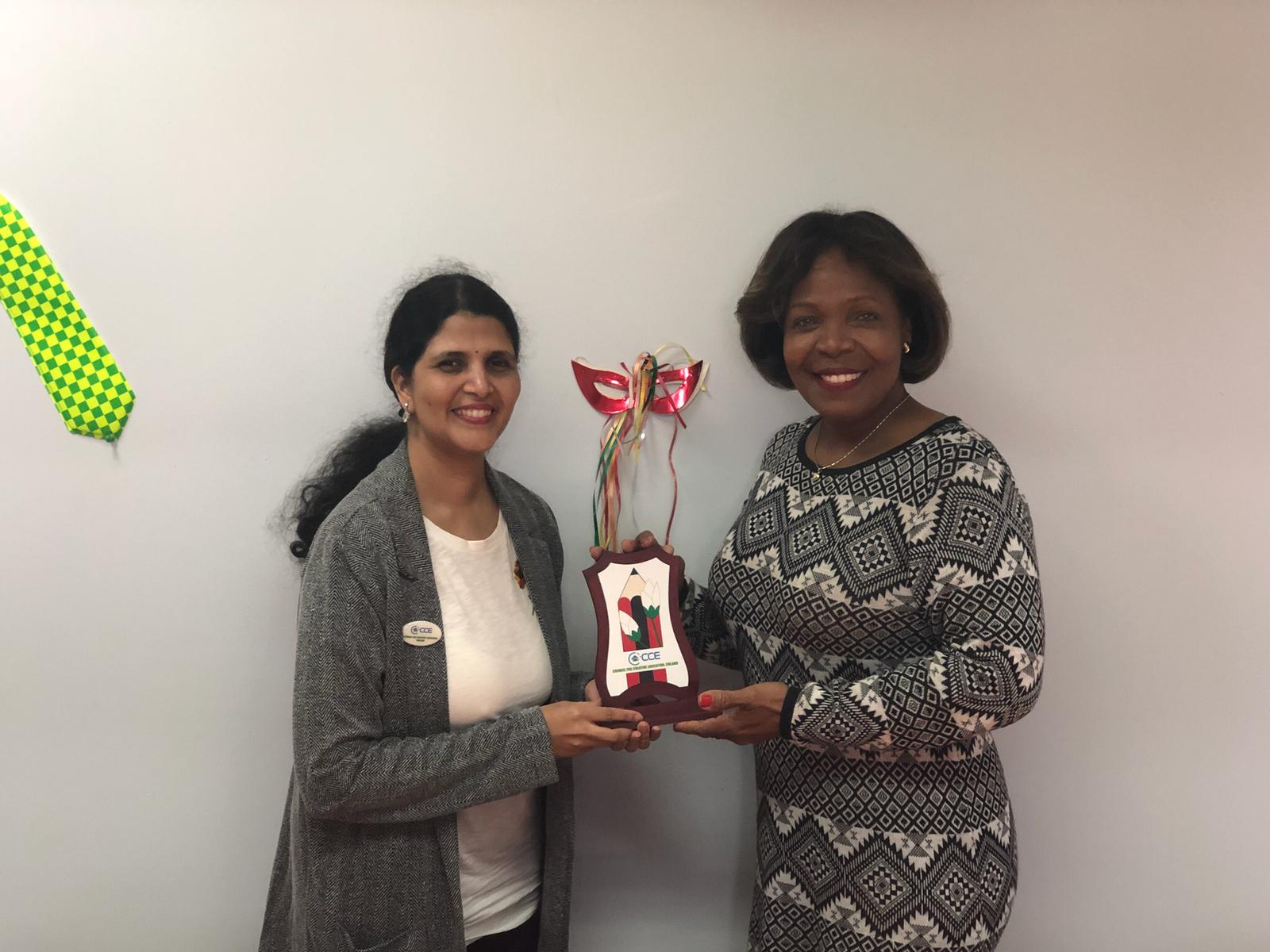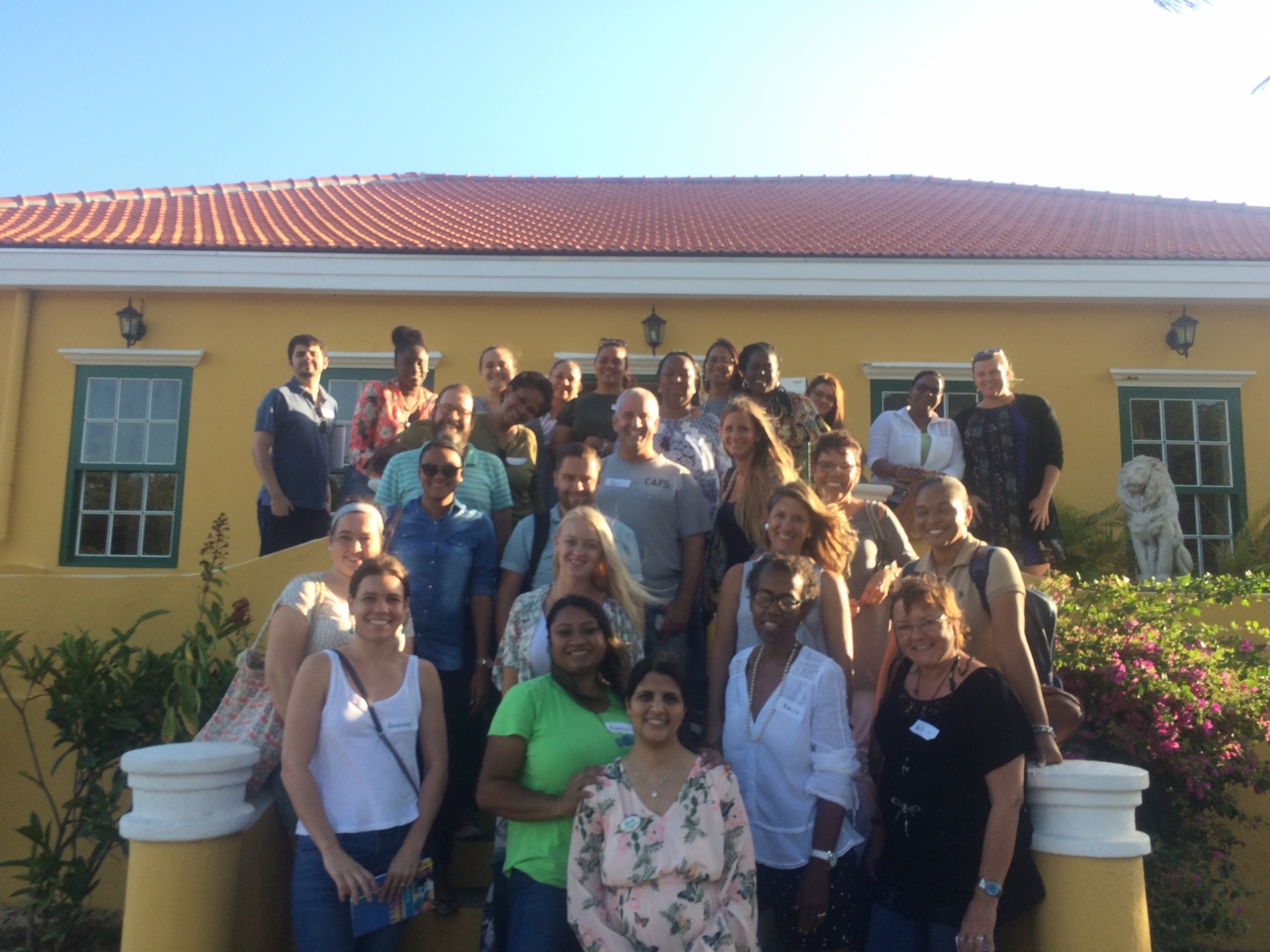Training for Teachers on Curaçao: The Finnish School System
How to implement Finland’s top ranking school system in YOUR classroom
Februari 2019
What do Children’s Museum Curaçao and the Finnish school system have in common? That was a question we’ve asked ourselves as well. There are different school systems like Montessori or Reggio Emilia that come very close to the museum’s philosophy. But since a couple of years the Finnish school system has been one of the top ranking education systems in the world. After doing some research, we came to the discovery that there were a lot of similar principles between education in Finland and a Children’s Museum.
We came in contact with the Council of Creative Education in Finland, an organization that helps governments and teachers all over the world developing schools in Finnish way. They are redefining education through creativity and hands-on learning. Creativity is often misunderstood and not implemented in a way that actually develops children’s creative thinking skills. By bringing the Creative Council to Curaçao we, from Children’s Museum Curaçao, want to stimulate the worldwide movement that is in desperate need of new and updated way of teaching. Our main focus for this year will be on stimulating creativity in children and local classrooms. Our goal of spreading our philosophy “learning through play” therefore reaches outside the walls of the museum.

Learn from the best
Finally the day was there: Co-Founder of the Council Shirin Kulkarni arrived on the island. Just like me – and most of us – would expect a tall blond Viking to come and talk about the Finnish Education. But instead there comes this soft-spoken, small, Indian woman. But shortly after meeting her through skype and in person as well, I knew that Shirin was the right person. For more than 13 years she has studied the system, wrote essays and a thesis about Creative Pedagogy and she has been involved in many research activities with the University of Tampere. And because she is from India, she has a clear and objective point of view on the education system.
As Shirin puts it “in order to get a Finnish education system, you need a Finnish Society”. So there is no copy-paste model that works but combining local cultural aspects with some of the success factors of the Finnish school system, is the way to go.
What makes the Finnish school system so great? Most important all children have equal opportunities and equal access to high-quality education. They have an ALL-Inclusive system where children with disabilities integrate in the regular schools. To make that work they have an excellent preventive care system in the schools. And they don’t have dead-ends in the school system which promotes lifelong learning.
A very important part of the success is the job of the teacher in Finland, which is a very high valued job, not necessarily moneywise but in the form of appreciation by the community. The teacher has full autonomy in the classroom and parents respect that. They also agree that learning not only happens in the classroom but outside as well. Nature becomes a big part of the classroom.
Can we implement the school system on Curaçao?
All of this makes you wonder if this will be an achievable goal for us in Curaçao. During the courses this week, it became clear again that it all starts with a mindset, a goal. The government of Finland has a core goal for education of their children: development as a human being and as a citizen. The focus is on the learning process of the child and they take into account what is the best way to learn. Learning through play is the only way that children until 7 years old need to learn. In Finland there is no focus on scholastic skills in early childhood development and kids can be kids. The focus is on how and what they are learning and not on testing. Every child is treated as an individual and there is a lot of focus on developing life skills.

During this week-long session we’ve all agreed that this is something we can start to do as educators. Each course day consisted of a combination of theory and practical solutions that teachers could directly apply in the classroom. And some of them even did! Connecting creativity to different subjects. Making learning fun for kids and promoting hands-on learning.

Participants
The course consisted of five training days with different subjects:
- Introduction to the Finnish School system
- Introduction to Creative Pedagogy
- Teaching vs. Learning
- Activating the Classroom with Collaborative Learning
- Multimodal Teaching Techniques & Narrative Teaching Techniques
We’ve had a total of 56 participants during this week coming from different schools and educational institutions: Goiloschool, Adventschool Koraal Specht, CAPS, Elis Juliana school, FDIP, Fundashon Desaroyo I Progreso, Kolegio Nechi Pieters, Römerschool, Myrna Dovale School, Pipita, Parlement Aruba, Schroederschool, Vespucci College, Sige, Stepping Stones, Schepel Foundation, Stichting Zevendaagse Adventisten, Arco Iris Kleuterschool, Glorieux College Brievengat, Pedagogisch Medewerker RK Schoolbestuur, Maduroschool en Bellefaas Maris.
Q&A with principles
On Thursday morning we’ve had a Q&A with 18 educators and principals of schools where they got a short introduction on the Finnish school system. There was also time to ask questions and go a little deeper into the principles. In collaboration with SIGE one school was chosen for a private visit, Nechi Pieters. This school used to be one of the best schools but since a couple of years have experienced a drop in students and nowadays they get a lot of immigrant’s children. Within the school we’ve had an opportunity to observe in a classroom (kindergarten) and have an in-depth one on one conversation with the teacher.
Meeting the Minister of Education
We’ve also had the opportunity to meet with Mrs. Alcala-Walle, minister of Education. During this meeting some of the principles of the Finnish system were discussed and also the difference between the Estonia Educational system and that of Finland. Some current issues like the lack of funding and how Finland deals with these funding issues, came to the table.
It was a week of new insights and sometimes a confirmation that we as a museum but also as teachers and educators are on the right track. Sometimes we were confirmed in our knowledge and sometimes it opened our eyes. Or as one of the teachers explained in her evaluation ”I was doing a lot of these hands-on exercises in the classroom. But I stopped because they were not making sense I thought. And now I realize they are making so much sense if I know the purpose of why I’m doing a specific activity, so I’ll begin tomorrow again”.

What have we learned?
During this week you could feel the movement of positive change has already started. People are looking into implementing new ways because our children are asking for it. But during a meet & greet with mothers we also came to the conclusion that another approach for us as parents is also required. Are we ready to give up the focus on test results and academic skills? Are we ready to give our children more freedom in making their own choices?
We are not Fins, we will never be Fins. But we all are teachers, educators or parents that want to create a better environment for our children. And maybe we could start incorporating a little bit of the Fin Sisu Mentality which means you have to finish what you start regardless of how hard the task is. So let’s not think in problems but focus on making things possible.
Thank you
Thanks to our sponsors we were able to organize this amazing event and keep it affordable to all educators. Without the support of Fonds voor Cultuurparticipatie, Fonds21, EY, Rotary Club Willemstad and Lions Club Curaçao, this would not have been possible.


Leave A Comment